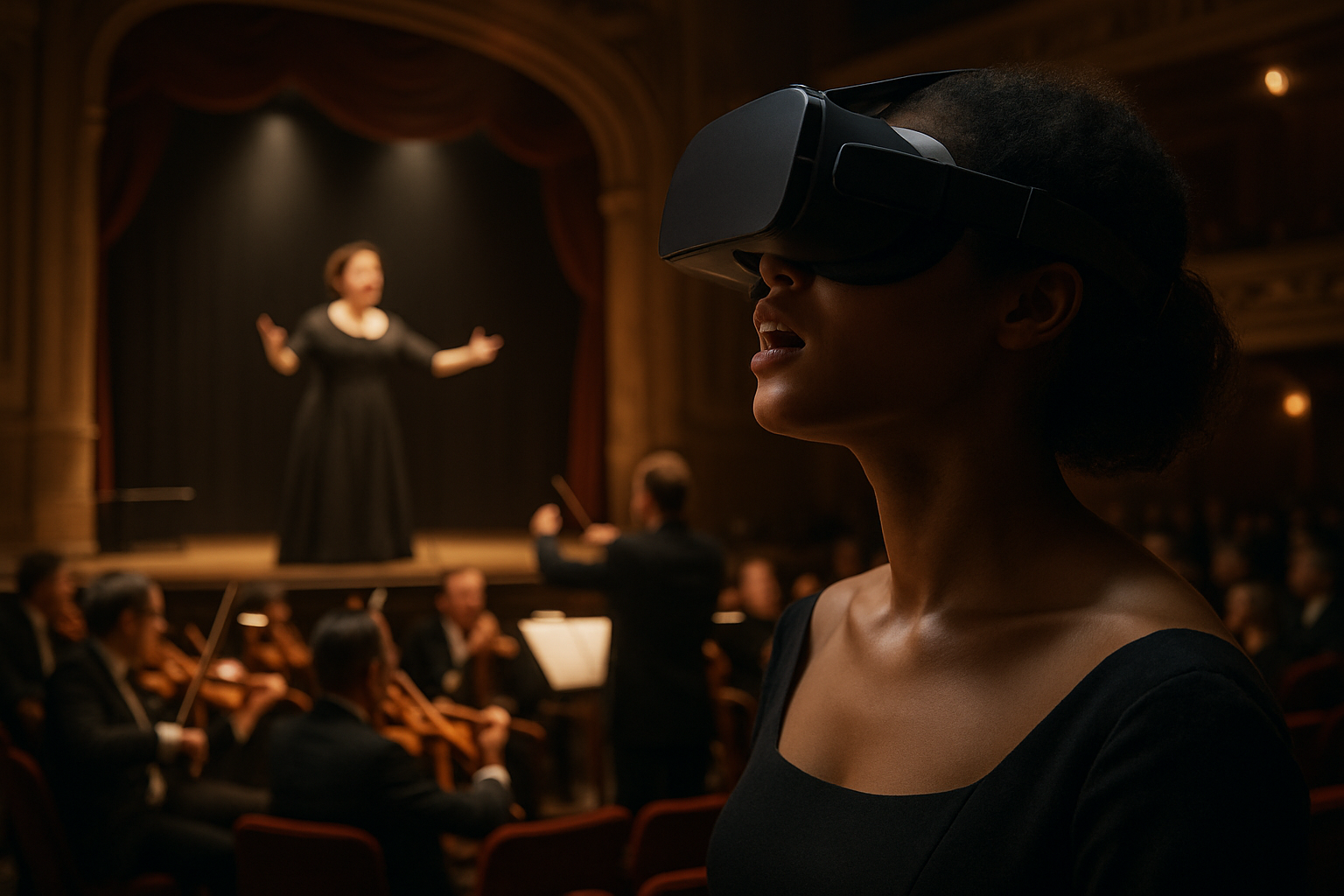The Metamorphosis of Opera: Anime-Inspired Productions
In the ever-evolving landscape of classical music, a groundbreaking fusion is taking center stage. Opera, a centuries-old art form, is undergoing a remarkable transformation as it embraces the vibrant aesthetics and storytelling techniques of anime. This unexpected marriage of traditional Western opera and Japanese animation is breathing new life into the genre, attracting younger audiences, and challenging long-held conventions. From elaborate costumes to innovative staging, anime-inspired opera productions are redefining the boundaries of theatrical performance and cultural exchange.

Blending Artistic Traditions
At the heart of anime opera lies a delicate balance between honoring operatic traditions and incorporating anime’s distinct visual language. Costume designers draw inspiration from iconic anime characters, creating elaborate outfits that combine period-appropriate elements with the exaggerated features typical of Japanese animation. Set designers employ cutting-edge projection technology to create dynamic backdrops that shift and transform, mimicking the fluid scene transitions common in anime.
Reimagining Classic Works
The anime opera movement has breathed new life into beloved classics. Wagner’s Ring Cycle, for instance, has been reimagined as a post-apocalyptic mecha narrative, with gods and heroes piloting giant robotic suits. Puccini’s Madama Butterfly, already set in Japan, has been given a cyberpunk makeover, exploring themes of cultural identity in a hyper-technological future. These bold reinterpretations not only attract new audiences but also offer fresh perspectives on familiar stories.
Original Anime-Inspired Operas
Beyond adaptations, composers and librettists are creating entirely new works that seamlessly blend operatic and anime sensibilities. These original productions often draw from Japanese folklore and contemporary anime storylines, introducing elements of fantasy, science fiction, and even slice-of-life narratives to the operatic stage. One notable example is The Akira Project, a cyberpunk opera based on the seminal anime film, which premiered to critical acclaim in 2022.
Technical Innovations in Staging
Anime opera has pushed the boundaries of theatrical technology. Advanced holographic projections are used to create the illusion of otherworldly beings and fantastical landscapes. Motion capture technology allows singers to control animated avatars in real-time, enabling performances that would be physically impossible for human actors. These innovations not only enhance the visual spectacle but also open up new possibilities for storytelling and character representation.
Cultural Impact and Controversy
The rise of anime opera has sparked intense debate within the classical music community. Proponents argue that it represents a necessary evolution of the art form, attracting younger and more diverse audiences to opera houses. Critics, however, express concern about the potential dilution of operatic traditions and the risk of prioritizing visual spectacle over musical integrity. This ongoing discourse has led to a broader conversation about the future of opera and its place in contemporary culture.
Educational Outreach and Audience Engagement
Many opera companies embracing the anime-inspired trend have developed educational programs to introduce young people to both opera and anime. These initiatives often include workshops on opera singing techniques alongside lessons in manga drawing and anime history. Interactive elements, such as cosplay contests and fan art exhibitions, are increasingly common at anime opera performances, fostering a sense of community and participation among attendees.
Global Reception and International Collaborations
The anime opera movement has gained traction beyond its initial strongholds in Japan and Western countries. Opera houses in South Korea, China, and Southeast Asia have embraced the concept, often incorporating elements from their own animation traditions. International collaborations between opera companies, anime studios, and technology firms have become more frequent, leading to groundbreaking productions that showcase the best of both worlds.
The Future of Anime Opera
As the genre continues to evolve, industry experts predict a further blurring of the lines between traditional opera and anime-inspired productions. Some envision fully immersive experiences that combine live performance with virtual reality, allowing audience members to step into the animated world of the opera. Others speculate about the potential for AI-generated anime characters to perform alongside human singers, pushing the boundaries of what’s possible on stage.
In conclusion, the emergence of anime-inspired opera represents a bold reimagining of a venerable art form. By embracing the visual language and storytelling techniques of anime, opera companies are not only attracting new audiences but also pushing the boundaries of theatrical innovation. As this unique fusion continues to develop, it promises to shape the future of opera, ensuring its relevance and vitality in the 21st century and beyond.





